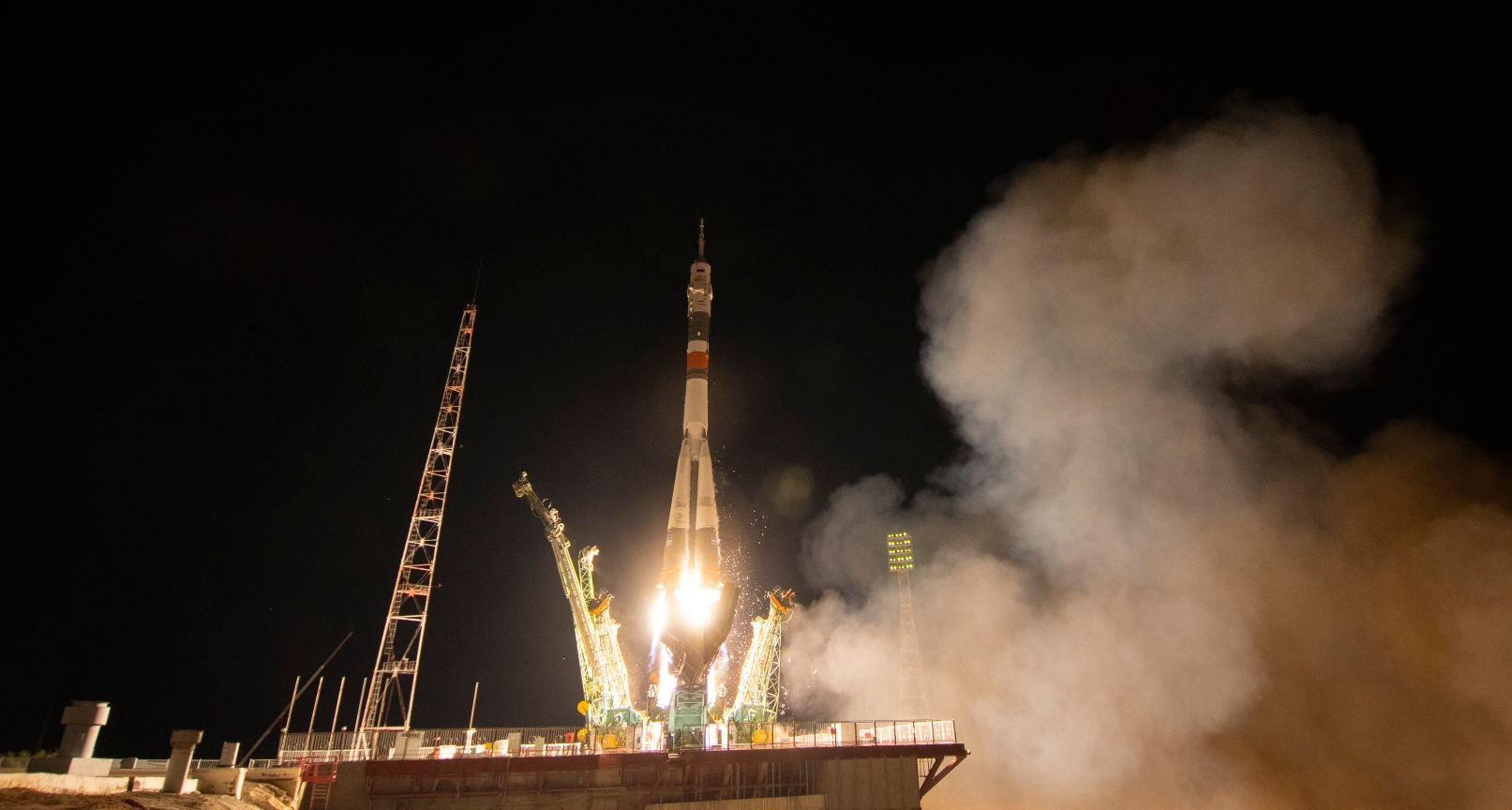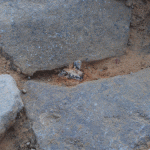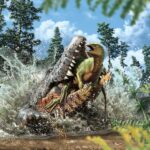
Soyuz MS-13 spacecraft launch 20 July 2019
ESA, NAS and Russion astronauts were launched to the International Space Station from the Baikonur cosmodrome in Kazakhstan on Saturday, with the ESA’s Luca Parmitano alongside NASA astronaut Drew Morgan and Russian Roscosmos cosmonaut Alexander Skvortsov.
The Soyuz MS-13 spacecraft launched at 12:28 p.m. EDT July 20 (9:28 p.m. Kazakhstan time) from the Baikonur Cosmodrome in Kazakhstan. Their spacecraft docked to the station’s Zvezda service module at 6:48 p.m., after a four-orbit, six-hour flight, and they were scheduled to open hatches and be welcomed aboard the orbiting laboratory at approximately 8:50 p.m, fifty years to the day that astronauts Neil Armstrong and Buzz Aldrin stepped on the Moon in a giant leap for humanity,
The trio travelled to the Station in a Soyuz MS-13 spacecraft and will spend more than six months living and working in orbit.
Their arrival restores the station’s crew complement to six. They join NASA astronauts Nick Hague, Christina Koch and Expedition 60 Commander Alexey Ovchinin of Roscosmos.
The Expedition 60 crew will spend more than six months conducting about 250 science investigations in fields such as biology, Earth science, human research, physical sciences, and technology development. Work on the unique microgravity laboratory advances scientific knowledge and demonstrates new technologies, making research breakthroughs that will enable long-duration human and robotic exploration of the Moon and Mars.
One of those key technology developments will be the arrival and installation of the second docking port for commercial crew spacecraft – SpaceX’s Crew Dragon and Boeing’s Starliner. International Docking Adapter-3 (IDA-3) is set to launch to the station on SpaceX Dragon’s 18th commercial resupply servicesmission at 6:24 p.m. Wednesday, July 24. Coverage of the SpaceX launch will air on NASA Television and the agency’s website beginning at 6 p.m.
This is ESA astronaut’s Luca’s second space mission – his first was Volare in 2013. During the second part of this mission, known as Expedition 61, Luca will become the third European and first Italian commander of the International Space Station.
During ‘Beyond’, Luca will support over 50 European experiments and more than 200 International experiments in microgravity. A number of these experiments, such as Grip and Grasp, are continuations from previous missions.
New experiments include BioRock, an experiment looking at the potential of microbes in extracting minerals from rocks on other planets, and NutrISS, which looks at the best strategies for monitoring and controlling changes in energy balance, metabolism and body composition during spaceflight.
For more from ESA see http://lucaparmitano.esa.int ; for more from NASA see https://www.nasa.gov/mission_pages/station/main/index.html
Image: ESA – S. Corvaja






